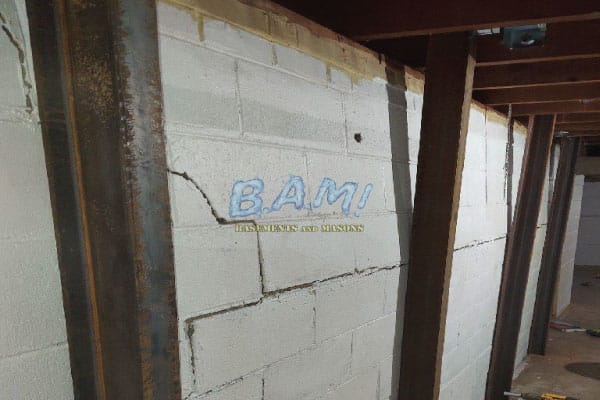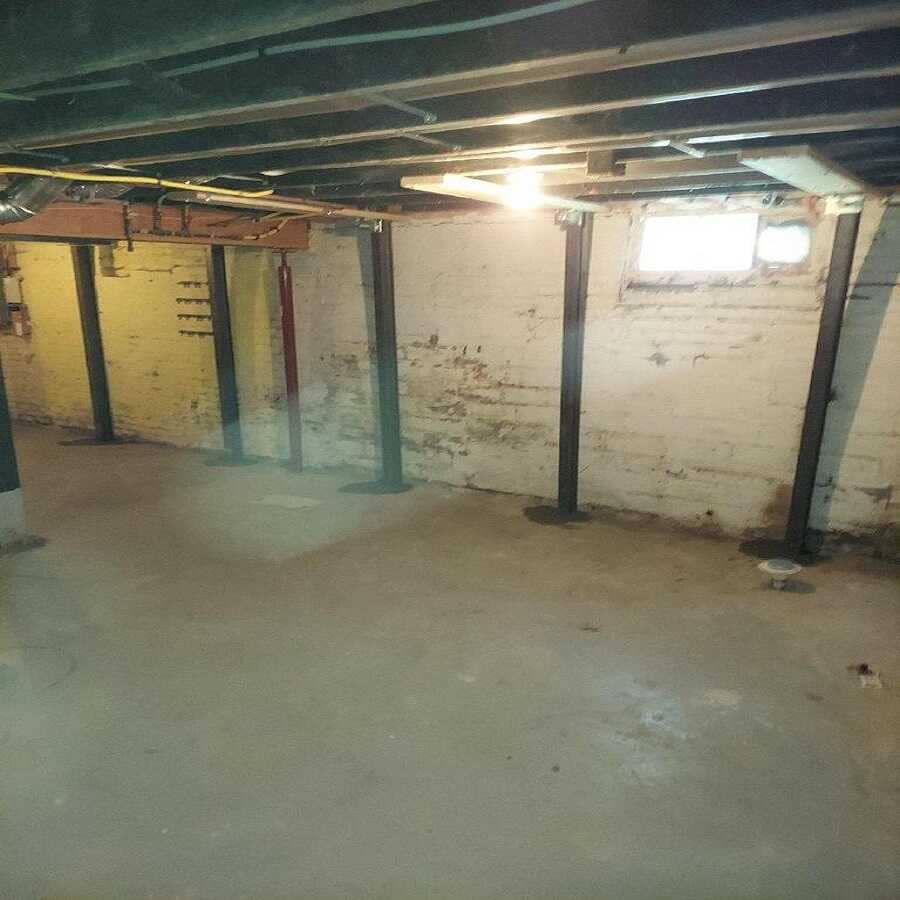The Best Guide To Best Basement Waterproofing
Table of ContentsLittle Known Facts About Best Basement Waterproofing.The Main Principles Of Best Basement Waterproofing Unknown Facts About Best Basement WaterproofingBest Basement Waterproofing for DummiesThe Greatest Guide To Best Basement Waterproofing
uses excavation strategies toward the bottom of the structure's structure. involves eliminating dampness after it has gone into the cellar. AdvantaClean's qualified professionals and professionals will locate the water source. If wall surface or piece fractures are existing, we will inject polyurethane and epoxies into the splits and seal the compromise, preventing additional dampness from getting in.Installing cellar ventilation systems, conditioning systems, or basement dehumidifier systems to get water out of your basement. Choosing AdvantaClean's basement waterproofing solutions is a reliable means to deal with wetness and avoid mold from compromising the structure of your home and the health of your family.
If there's condensation on the outside of the aluminum foil, you have high moisture in your cellar. If the aluminum foil has condensation on the inside surface area (next to the wall surface), the soil around your house might be naturally damp from a high water table or poor dirt drain.
You can waterproof simply your indoor walls, which may resolve the problem. Or you can waterproof your outside wall surfaces, which is a much better bet however more pricey. Here's the inside story on the different kinds: These thick finishings are cement-like. Once they dry, they stick permanently to concrete and masonry wall surfaces.
All about Best Basement Waterproofing
Concrete water-proof coverings can't be applied to previously repainted surface areas; check the tag. Known as densifiers, they are suitable just for walls that haven't been painted or secured.
You brush, roll, or spray it on a lot even more thickly one gallon covers just 75 square feet, not the 300 square feet common with basic paint. Water-proof paint is great for do it yourself application. You can apply it over repainted surfaces, and paint over it once it's cured (one gallon costs $37).
It can cost $10,000 to $15,000, depending on the job required (Best Basement Waterproofing). Exterior waterproofing involves excavating all around the house to the full deepness of the foundation wall surfaces, after that setting up a waterproof coating or membrane layer topped by water drainage panels.
Unknown Facts About Best Basement Waterproofing
We've all been captured in a tornado with no umbrella or raincoat. And it's always a dish for disaster: everything's wet, your hairdo is destroyed, and points are getting moldy. A cellar without waterproofing is type of like that. Minus the ruined hairstyle component. Your basement does not intend to go through a rainstorm without proper security equally as much as you don't want to.

Outside waterproofing is a waterproofing technique that includes securing your home from the outside. It's type of like a moat around a castle. It includes digging a trench around your entire residence to the structure (about 8 to 10 feet down). The foundation walls are after that cleansed, secured, and covered with a water-proof membrane layer hop over to these guys or sealant.

The 10-Second Trick For Best Basement Waterproofing
It's an extra engaged process that calls for excavating up your lawn, which is costly and taxing. Outside waterproofing includes removing every little thing surrounding your house, including porches, driveways, sidewalks, landscape design, a/c units, decks, and more. If any of the job was done improperly and water is still entering your basement, there isn't much you can do to correct or repair it.
Interior cellar waterproofing involves waterproofing from the within. Any type of water that leakages into your basement is rerouted prior to it touches your flooring.
It's a reliable approach to water resistant your basement. The drawback of interior cellar waterproofing mainly has to do with the installment process. This approach requires saved products, furnishings, and integrated shelving or closets to redirected here be relocated from touching the cellar wall surfaces. And throughout installment, your cellar can not be utilized. The largest difference between the 2 methods is this: Exterior waterproofing is a preventative remedy and indoor waterproofing is a corrective remedy.
Best Basement Waterproofing for Beginners
In conclusion, exterior and indoor cellar waterproofing are both reliable techniques i was reading this of shielding your home from water damage. Outside waterproofing creates a barrier that avoids water from entering your home, while interior waterproofing reroutes water that does enter your home. And it is necessary to keep in mind that outside waterproofing is an expensive and turbulent installment procedure when compared to indoor waterproofing.
Whichever technique you pick, make sure you pick a reliable and reliable specialist for the job. If you have any kind of inquiries regarding cellar waterproofing, please reach out to us.
You can load out our kind right here. Best Basement Waterproofing, begin a conversation in the bottom right-hand corner, or call us at 1-800-827-0702